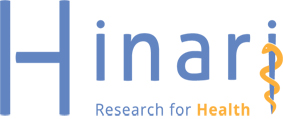Article Type
Article
Abstract
Body
To the editor,
The prevalence of allergic rhinitis ranges from 10 to 20% in the general population [1]. Allergic rhinitis is a cause of great economic loss in terms of health expenditure and loss of productivity of people suffering from the disease. Besides this, it also reduces the quality of life of people suffering from the disease [1]. The COVID‑19 pandemic has mandated the use of personal protective equipment, especially face masks on a large scale. It is to be noted that the most common allergens like fungal spores (2–50 μm) or pollen (10–100 μm) are larger than the pore size of standard surgical masks (3 μm) and N‑95 masks (0.04 μm) [2]. Previous studies have highlighted the cardiovascular benefit of reducing exposure to particulate pollution by using face masks[3] and decreased risk of respiratory infections in the general population by using even simple homemade masks [4]. Another mechanism by which facial mask may reduce the symptoms of allergic rhinitis is by increasing the humidity and temperature of inhaled air, which in turn reduces the nasal responses to allergen provocation [5].
Recommended Citation
Bakshi SS, Bakshi S.
Letter to the Editor: Use of face masks during COVID‑19 pandemic – An opportunity to study the effect on the symptoms of allergic rhinitis.
Pan Arab J. Rhinol.
2021;
11 : 70-70.
Available at:
https://pajr.researchcommons.org/journal/vol11/iss1/13
DOI: https://doi.org/10.4103/pajr.pajr_31_20
















